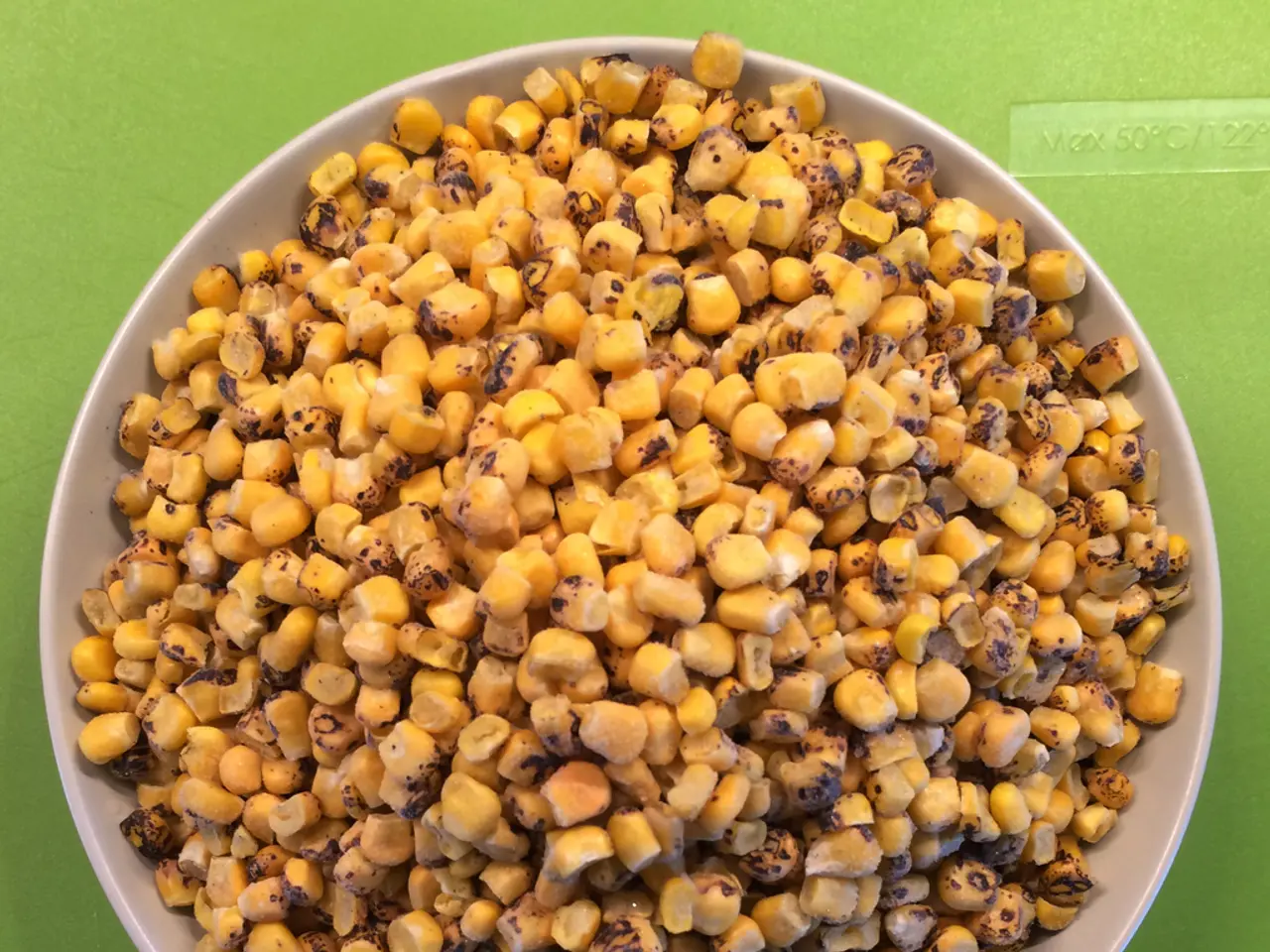Targeting a significant increase, India's Agriculture Minister plans to double the maize production to 86 million tonnes by the year 2047.
In a significant move, the Indian government has set an ambitious target to increase maize production to 86 million tonnes by 2047, more than doubling the current production of 42.3 million tonnes. This goal was announced by the Agriculture Minister, Shivraj Singh Chouhan, at the 11th maize summit organized by FICCI.
India, the world's fifth-largest maize producer, believes it can achieve this target through strategic approaches that focus on productivity enhancements, crop quality improvement, and diversification, all without adopting genetically modified seeds.
The key elements of this strategy include the development and adoption of high-yielding, non-GM seed varieties, increasing starch content in maize, improving average maize yields, encouraging crop diversification, leveraging maize byproducts like DDGS, and fostering public-private partnerships.
The Indian Council of Agricultural Research (ICAR) has already developed 265 maize varieties, including 77 hybrids and 35 biofortified types. However, more work is needed to increase the starch level in maize, which currently stands at 65-70%, and the goal is to raise it to 72%.
The Minister expressed concern over the sale of substandard seeds, fertilisers, and pesticides and encouraged finding alternative solutions to address the concerns of the poultry industry regarding rising maize feed prices. He also suggested that states like Punjab and Haryana, which are traditionally focused on paddy cultivation, should diversify into maize farming to contribute significantly to production growth.
Some states in India, such as West Bengal and Bihar, have maize yields above the national average, but the current average yield of 3.7 tonnes per hectare is below global standards. Enhancing agronomic practices, varietal improvements, and diversified cropping systems can boost productivity.
The Kharif 2025 update indicates that maize and cotton are gaining area in Karnataka, while pulses are trailing. This shift in cropping patterns could potentially aid in meeting the country's maize production goals.
India's maize production has grown significantly over the years, from 10 million tonnes in the 1900s to the current 42.3 million tonnes. Bridging the demand-supply gap requires collaborative efforts and innovation, according to Subroto Geed.
The government's ethanol blending target of 20% by 2025-26 has contributed to a firming up of maize prices. However, with the strategic initiatives outlined, India aims to meet its maize production targets while maintaining its non-GM seed policy.
[1] Source: Business Standard [2] Source: The Hindu [3] Source: Financial Express [4] Source: Farmers' Voice [5] Source: The Indian Express
- The government's policy on non-GM seeds, along with strategies focusing on productivity enhancements, crop quality improvement, and diversification, places India in a strong position to reach a subscription of 86 million tonnes in maize production by 2047, without the use of genetically modified seeds.
- In the agriculture industry, the Indian government's ambitious target for maize production is a significant move that could impact the global economy, particularly the food-and-drink sector.
- The strategy to increase maize production in India involves the development and adoption of high-yielding, non-GM seed varieties, increasing starch content, improving average yields, encouraging crop diversification, leveraging maize byproducts like DDGS, and fostering public-private partnerships – all efforts aimed at contributing to the success of the business sector and general news.
- The Minister's concern over the sale of substandard seeds, fertilizers, and pesticides and his suggestion for States like Punjab and Haryana to diversify into maize farming reflects a focus on the poultry industry's concerns regarding rising maize feed prices and the overall lifestyle of farmers.
- In the realm of politics and public policy, the Indian government's target for maize production fosters collaborative efforts among various sectors, including the agriculture industry, food-and-drink businesses, and the general public, in order to address issues related to the economy, lifestyle, and even policy-making.







